A recent discovery from the depths of the Pacific Ocean is transforming our understanding of oxygen production. Scientists have unearthed a startling phenomenon – “Dark Oxygen”, the production of oxygen without sunlight deep on the seafloor. With implications for everything from marine ecosystems to how life on Earth began, this discovery confronts conventional wisdom and opens new doors in the search for life beyond our planet.
Oxygen Production as We Know
Molecular oxygen (O2) on Earth is produced by photosynthetic life (plants, trees, algae, cyanobacteria) both on land as well as on the water surface. But this was not always the case; before these organisms evolved, our planet had negligible oxygen. It was not until half of the Earth’s current age had passed, i.e., around 2.4 billion years ago during the Great Oxidation (or Oxygenation) Event (GOE), cyanobacteria became so abundant that oxygen started accumulating in the atmosphere and the oceans.
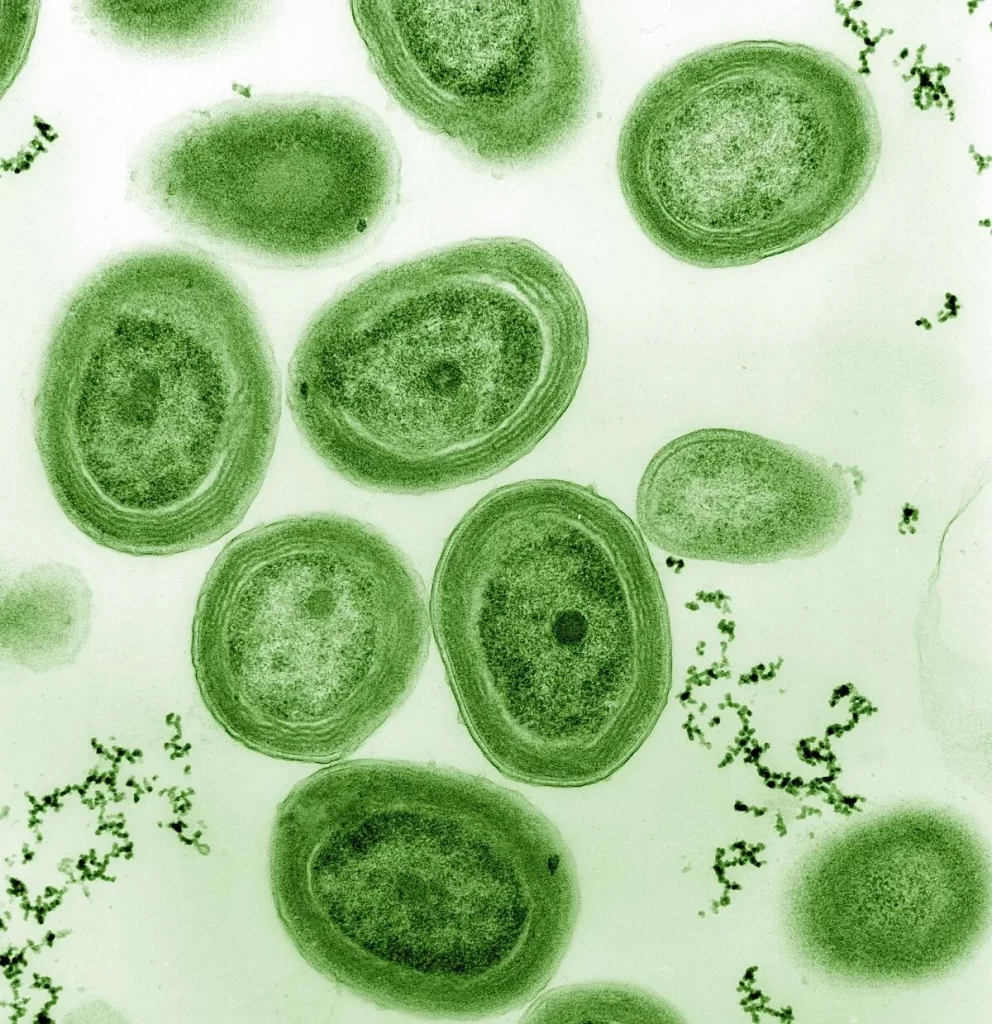
It is estimated that ~50% of the Earth’s oxygen is born from the ocean. This life-generating phenomenon is orchestrated by oceanic plankton – wandering plants, algae, and some bacteria, all weaving sunlight into oxygen, through the art of photosynthesis.
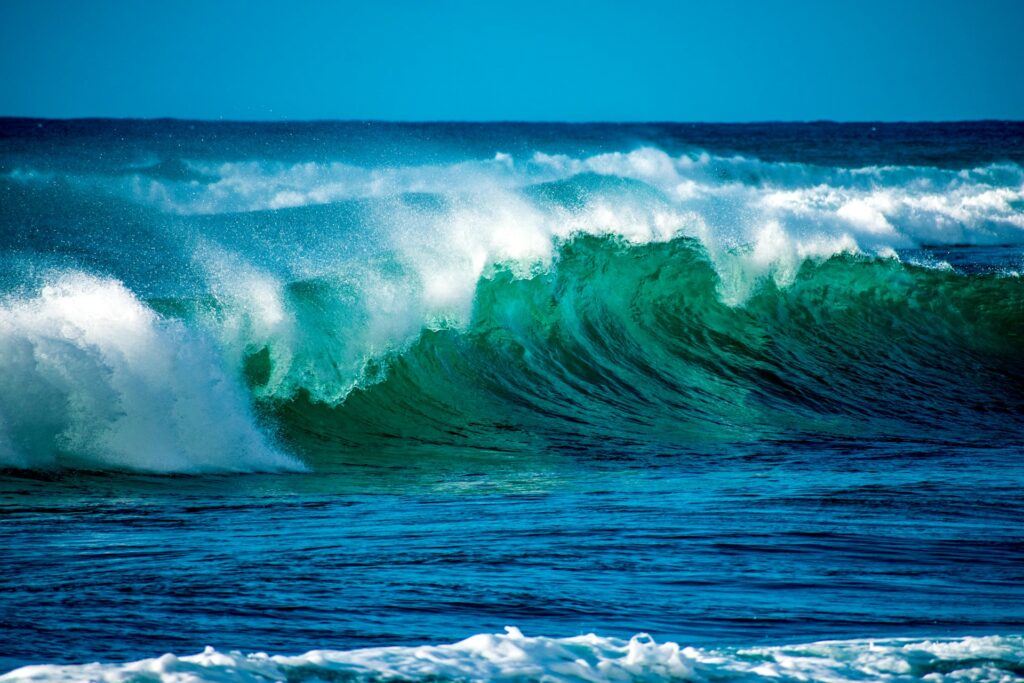
In photosynthesis, carbon dioxide and water are consumed to produce organic carbon and oxygen. While in respiration, organisms, and animals, including humans, consume oxygen and organic carbon to produce carbon dioxide and water.
The organic carbon produced as a result of photosynthesis at sea level falls through water columns and is eaten or decomposed by respiring organisms at the seafloor. This activity produces carbon dioxide that goes back into the cycle.
The Discovery of Dark Oxygen
Around 11 years ago, in 2013, a team of researchers led by Prof. Andrew K. Sweetman of the Scottish Association for Marine Science (SAMS), ventured to the Pacific Ocean to assess the possible impacts of deep-sea mining. They carried with themselves an instrument to measure the consumption of oxygen at sea floor. The study was conducted in the area known as the “Clarion-Clipperton Zone (CCZ)”, a region spread 5000 kilometers across the central Pacific Ocean, having depths of around 4000-5500 meters.
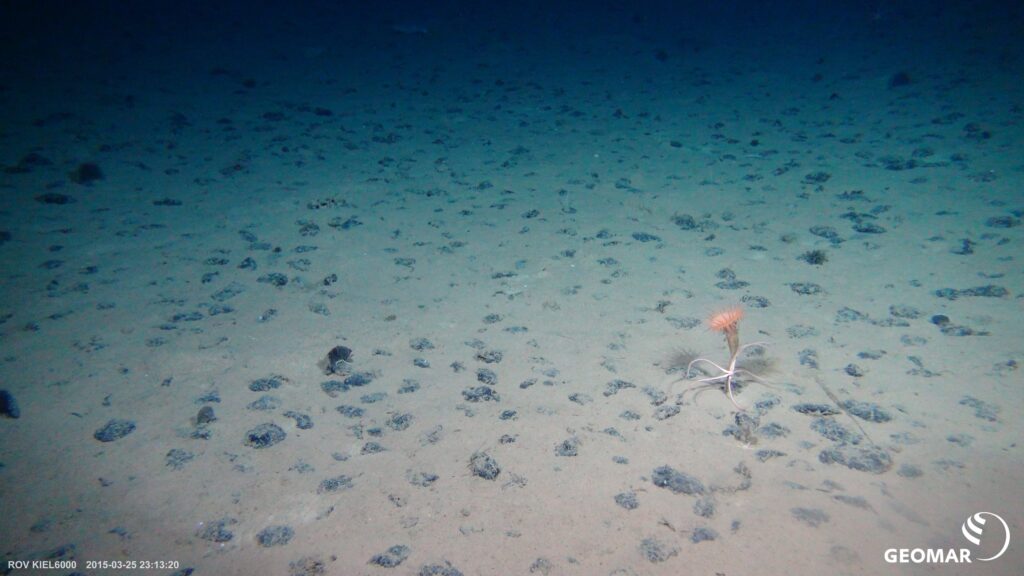
In extreme ocean depths where no sunlight reaches, and the waters chill to around 1.6°C, life persists. Here, fragile creatures quietly flourish – a testament to nature’s resilience where light has long been forgotten, but life continues to weave its thread.
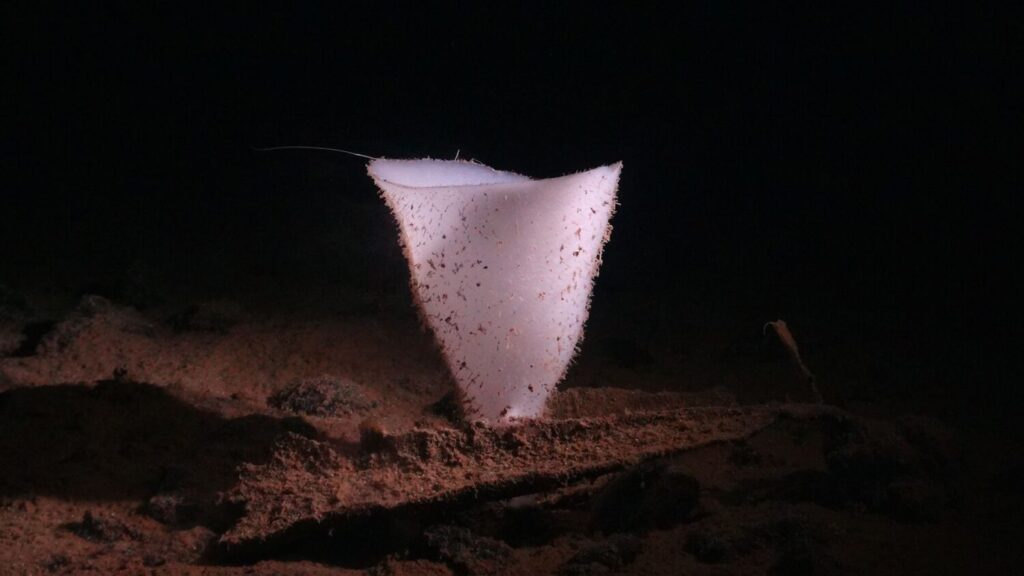
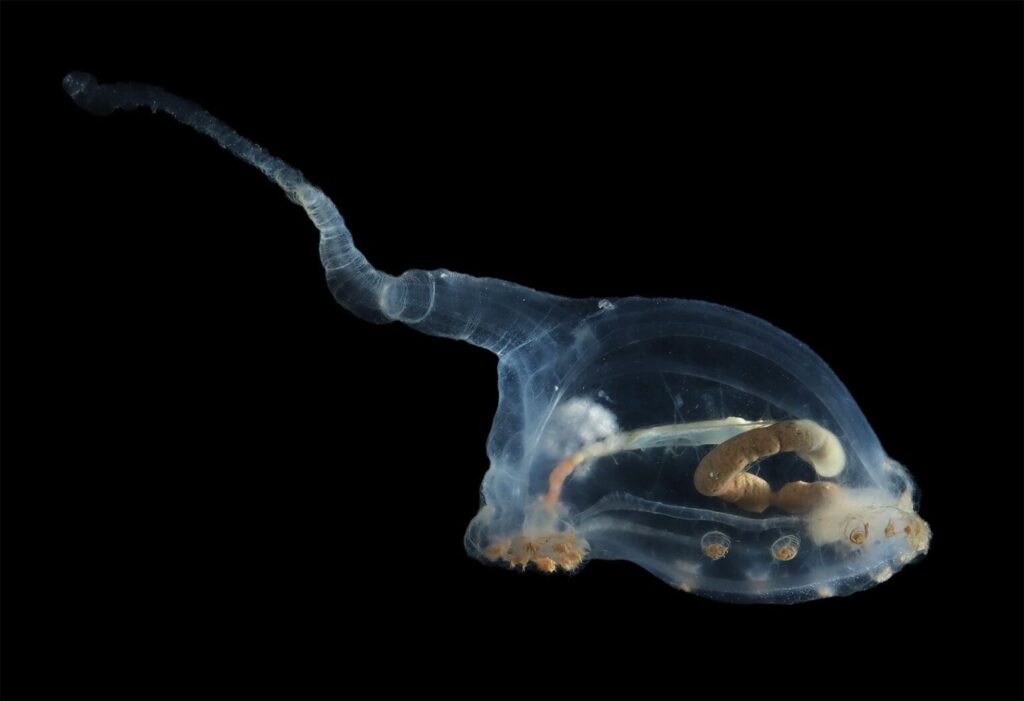
Imagine the seafloor as a bustling neighborhood where animals and microbes are constantly moving around, carrying organic materials with them. As they go about their business, they consume oxygen, in a similar way we do here on land surface.
Now, for an experiment’s sake, if you were to enclose a particular area of this seafloor, isolating it from the surrounding water, an interesting phenomenon could be noticed. Over time, the oxygen level in that enclosed region would start to drop. It is because the creatures inside the area are still consuming oxygen, while there is no fresh supply coming in to replace what has been already used.
The experiment, however, revealed something shocking. Instead of the oxygen level going down, it was increasing.
“When we first got this data, we thought the sensors were faulty, because every study ever done in the deep sea has only seen oxygen being consumed rather than produced. We would come home and recalibrate the sensors but over the course of 10 years, these strange oxygen readings kept showing up. We decided to take a back-up method that worked differently to the optode sensors we were using and when both methods came back with the same result, we knew we were onto something ground-breaking and unthought-of.”
– Prof. Andrew K. Sweetman
In September 2023, Prof. Sweetman reached out to his colleague Franz Geiger, a Chemistry professor at Northwestern University, to discuss possible reasons behind this inexplicable source of oxygen. From their discussions, they came up with the term “Dark Oxygen” as the oxygen is produced where no sunlight can penetrate, in absolute darkness.
Deep Down on the Seabed: Polymetallic Nodules in Action
Lying on the sea-bottom sediment, partially buried, polymetallic nodules are rock concretions consisting of concentric layers of iron and manganese hydroxides around a nucleus. The nucleus can be a small shell of microfossil, a shark’s tooth, basalt debris, or another small object that would have traveled through the water column and finally fallen to the sea floor, where they grow at a snail’s pace over millions of years.
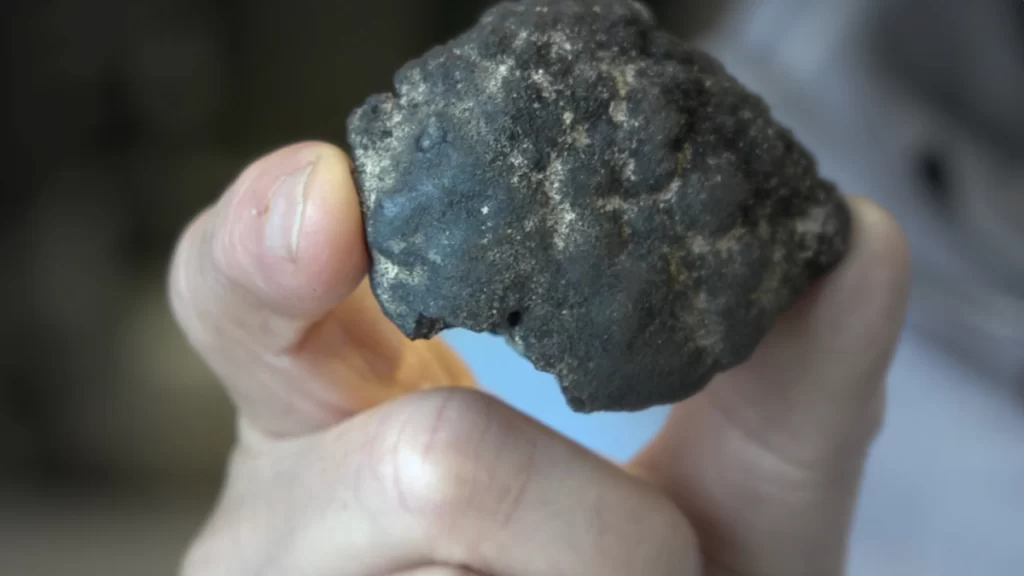
These nodules are plentifully found in the CCZ zone in the Pacific Ocean, with the higher concentration discovered between 4000 and 6000 meters of ocean depth. They are significantly abundant in the Peru Basin (about 3000 kilometers off the Peruvian coast), the Penrhyn Basin (near the Cook Islands, a few thousand kilometers east of Australia), and the Indian Ocean Basin.
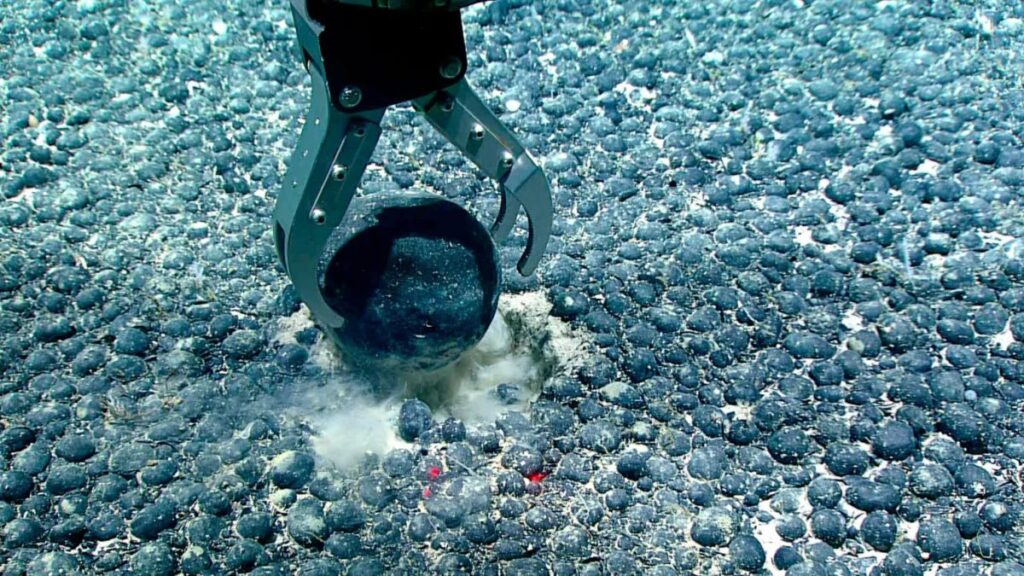
The nodules form by different proposed mechanisms:
- By metal precipitation from seawater (known as the hydrogenous process), nodules are rich in iron and manganese content with a relatively high grade of cobalt, nickel, and copper,
- By remobilization of metals from the sediments below the nodule and precipitating at the sediment/water surface (known as the diagenetic process), nodules are rich in manganese but poor in iron and in nickel, copper and cobalt,
- By metals deriving from hot springs related to volcanic activity (known as the hydrothermal process)
Polymetallic nodules can also contain trifling amounts of other metals such as titanium, molybdenum, lithium, and rare earth elements. Due to the presence of metals in them, the polymetallic modules display electrochemistry when placed in seawater.
A typical AA battery, when placed in seawater, results in fizzing due to the electric current being generated through its ends, which can split water into hydrogen and oxygen. Thus, only a voltage of 1.5 Volt is required for the seawater electrolysis to occur.
When the researchers put sample nodules in seawater in the lab and started probing their surface with platinum electrodes, they could detect the voltages being jumping up and down in places, rising to 0.95 Volts. This means that significant voltages can occur and even the threshold voltage of 1.5 V is possible when the nodules are clustered together.
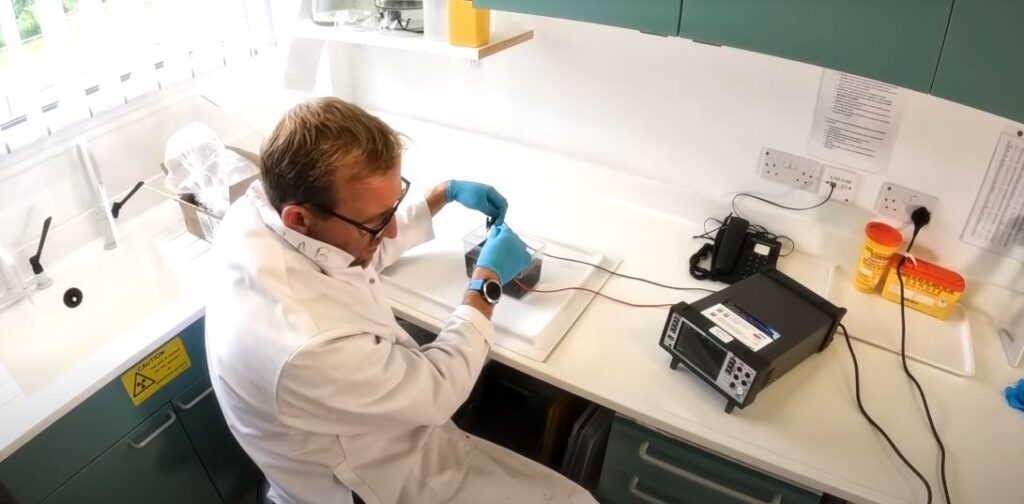
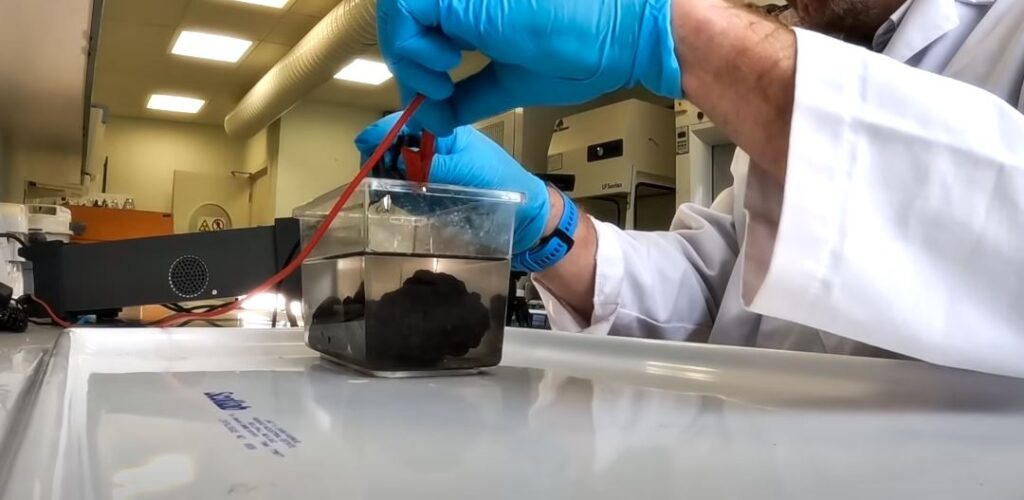
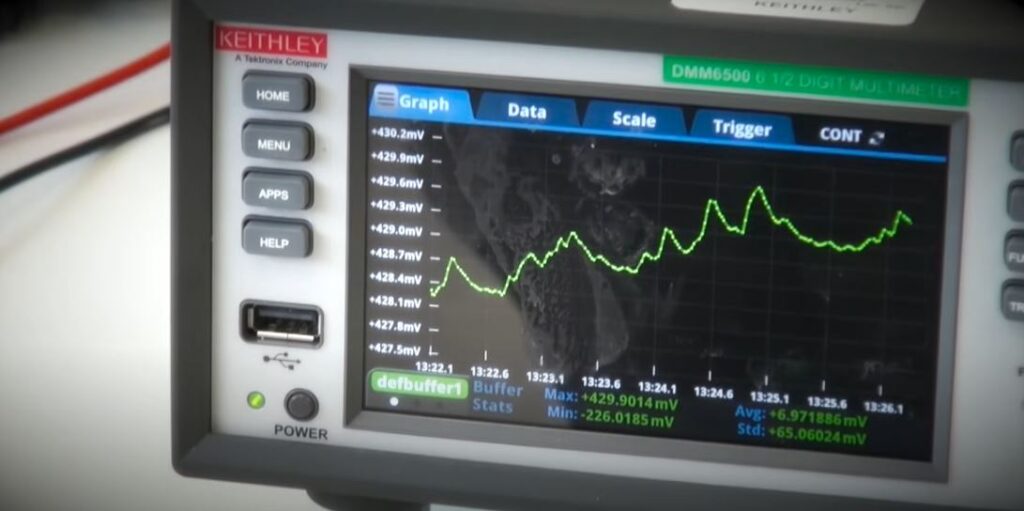
“In my opinion, this is one of the most exciting findings in ocean science in recent times. The discovery of oxygen production by a non-photosynthetic process requires us to rethink how the evolution of complex life on the planet might have originated. The conventional view is that oxygen was first produced around three billion years ago by ancient microbes called cyanobacteria and there was a gradual development of complex life thereafter. The potential that there was an alternative source requires us to have a radical rethink.”
– SAMS Director Prof. Nicholas Owens
Industrial & Economic Perspective
Polymetallic nodules are a source of valuable metals like nickel, copper, cobalt, and manganese. Due to their widespread importance in industrial applications such as rechargeable batteries, electronics, and the production of stainless steel, their demand has soared, especially with the continuous depletion of terrestrial resources.
This has led to numerous mining companies placing their interest in harvesting these economically viable mineral resources from the remote locations of the seafloor. Some prominent names include Cobalt Seabed Resources (CSR), Scandinavian Ocean Minerals, and The Metals Company (TMC).
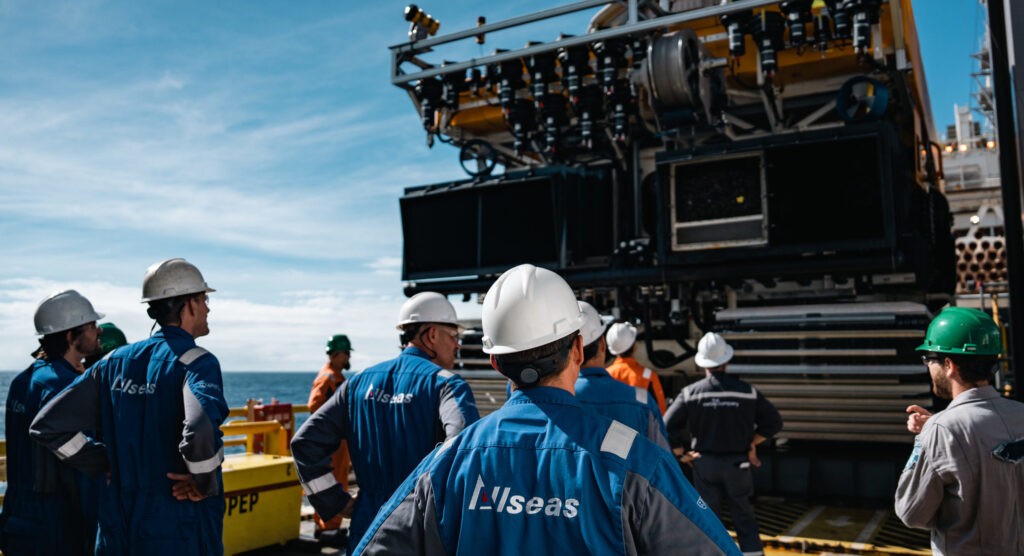
| Metals | Industry | Applications |
| Nickel | Steel, Electric Vehicle | Used in making alloys such as stainless steel due to its resistance to corrosionUsed in batteries, including rechargeable nickel-cadmium batteries and nickel-metal hydride batteries used in hybrid vehiclesIn combination with Sulphur, Nickel Sulphate delivers higher energy density than other cathode chemistries |
| Cobalt | Electric Vehicle, Turbine | Boosts energy density and battery life, keeps batteries stable and safe during charging and use, and offers high conductivityCobalt alloys are used in jet turbines and gas turbine generators, where high-temperature strength is important |
| Manganese | Steel, Electric Vehicle, Agricultural, Ceramics | Manganese steel is extremely strong and is used for railway tracks, safes, and rifle barrelsAn ideal partner for nickel in battery cathodesManganese (II) oxide is a powerful oxidising agent and is used in quantitative analysis, also used to make fertilisers and ceramics |
| Copper | Electric Vehicle, Construction | Primary material for EV battery connectors and the wiring harness, which allows for the flow of electricity throughout the carMakes up the windings that are central to an electric motorHas uses in construction (for example roofing and plumbing), and industrial machinery (such as heat exchangers) |
Ecological Concerns
Though the potential benefits of mining polymetallic nodules are substantial, the environmental concerns arising out of it cannot be ignored. Some of the pernicious impacts include the following:
- Extracting nodules disturb the seabed by stirring up sediments. This leads to plumes that can extend to larger areas and can even asphyxiate marine life and other sensitive and immobile organisms.
- Mining and pumping of the nodules generate deafening noise and vibrations that can interfere with marine life, especially dolphins, potentially driving them away from their natural habitat. Light is another concern – artificial lighting from mining equipment can alter deep-sea creatures’ intrinsic adaptation to darkness.
- The deep-sea environment has snail like biological and geological processes, making it centuries to recover from any disruption.
- After cleaning of the nodules, ships release sediment-filled water back into the sea. The ideal suggestion is to have this release near the sea floor to avoid the distribution of the sediment cloud and also prevent it from clouding the surface waters where light has maximum abundance to penetrate the subsequent layers. Biologists worry that if the surface waters become obscure, it could harm algae and plankton growth.
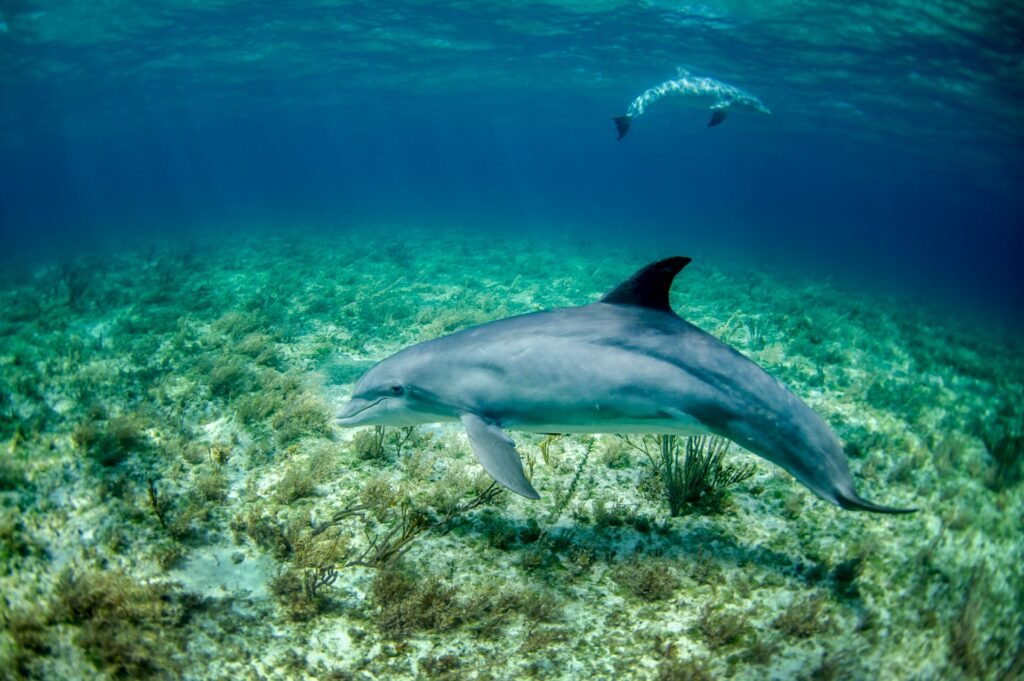
The International Seabed Authority (ISA), established under the 1982 United Nations Convention on the Law of the Sea (UNCLOS) and the 1994 Agreement relating to the Implementation of Part XI of the United Nations Convention on the Law of the Sea, is an autonomous international organization responsible for regulating deep seabed mining.
It controls all mineral resources-related activities in the “Area” – international waters beyond the continental shelf or approximately 200 nautical miles from the mainland, for the benefit of humankind as a whole. It ensures the effective protection of the marine environment from harmful effects that may arise from deep-seabed-related activities. The international seabed area – the part under ISA jurisdiction – is defined as “the seabed and ocean floor and the subsoil thereof, beyond the limits of national jurisdiction.”
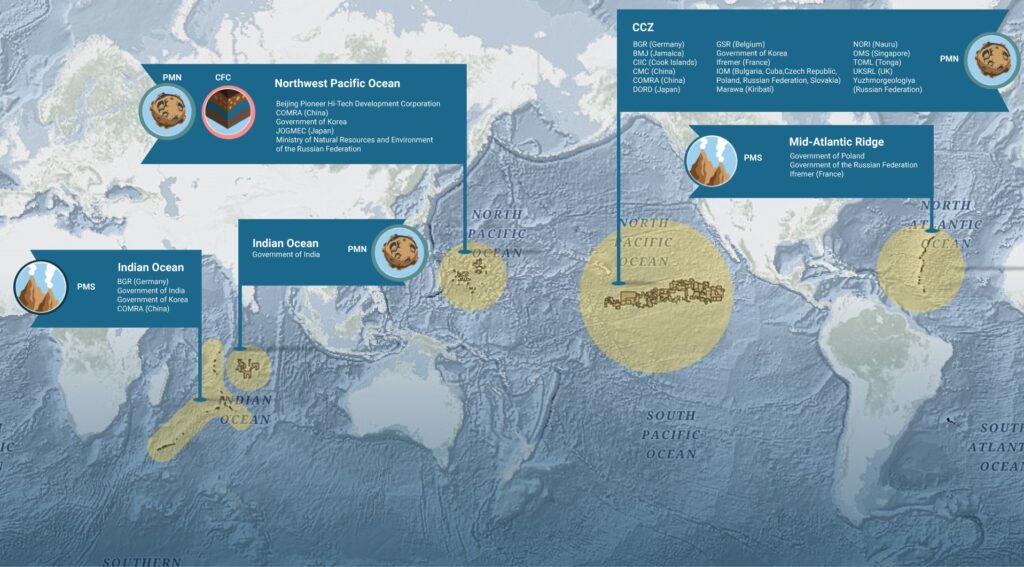
At the recently held twenty-ninth session of the ISA Assembly between 29 July to 2 August 2024, a proposal for a general policy on the protection and preservation of the marine environment was submitted by several countries. Many delegations raised concerns about the ongoing and proposed mining operations and their implications on the flora and fauna of the underwater ecosystem.
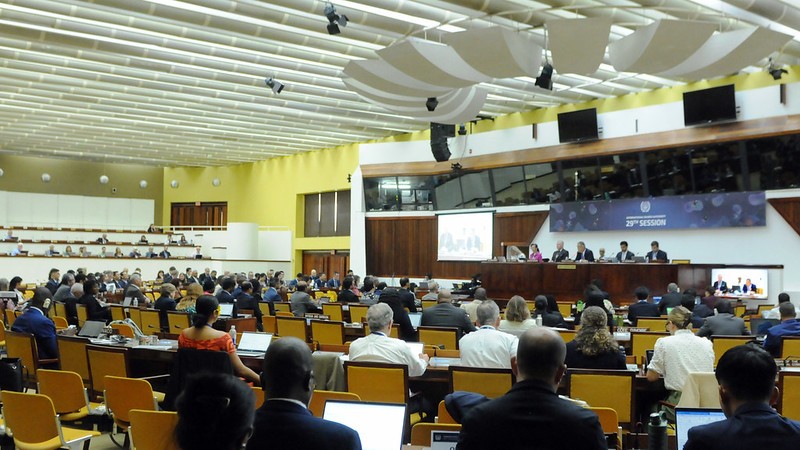
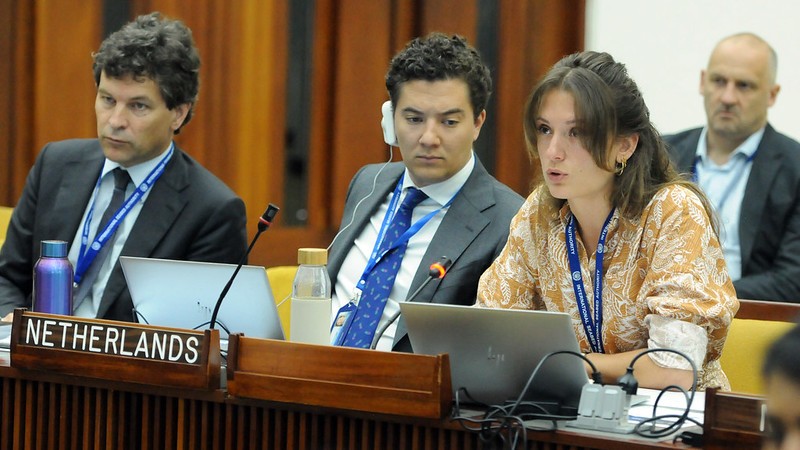
“Each day we learn more about the deep sea and what we stand to lose. If things go wrong and there are spills (as there have been), or mining disturbs fisheries (on which many nations depend), eco-tourism, or other livelihoods – who will pay for that? And – what if things go according to plan – should miners (or sponsoring states) be paying if they emit carbon from the seabed? What about if they remove an oxygen source? Is restoration required? – or possible? It has been estimated that restoration would cost trillions. Just last week we learned of more insurers and reinsurers excluding seabed mining from their policies – will anyone insure this novel extractive industry? (It is unclear to us who is insuring current exploration work.) If mining is not insured, who will be left holding the bill for lost ecosystem services?”
– The Ocean Foundation Intervention delivered during Part 2 of the 29th Session of the International Seabed Authority Assembly on 31 July, 2024.
The Bigger Question & Its Implication
As of today, it is not entirely known whether the flow of electric currents is steady and whether oxygen production is substantially sufficient to support an entire ecosystem.
But what if this seafloor electrolysis sparked life on Earth? One of the long-standing theories about life emerging on our planet is that it first sprung into action in the oceans. So, the hypothesis cannot be entirely ruled out and certainly needs more focused attention to delve deeper.
This discovery has a profound implication for the quest to searching life beyond Earth and astrobiology, in general. According to the discoveries made by NASA’s missions, Jupiter’s moon, Europa, and Saturn’s moon, Enceladus, are shrouded in layers of ice, where the water below lies hidden in eternal darkness. If similar rocks do exist under those layers and are making oxygen, there could possibly be a biosphere waiting for us to find out.
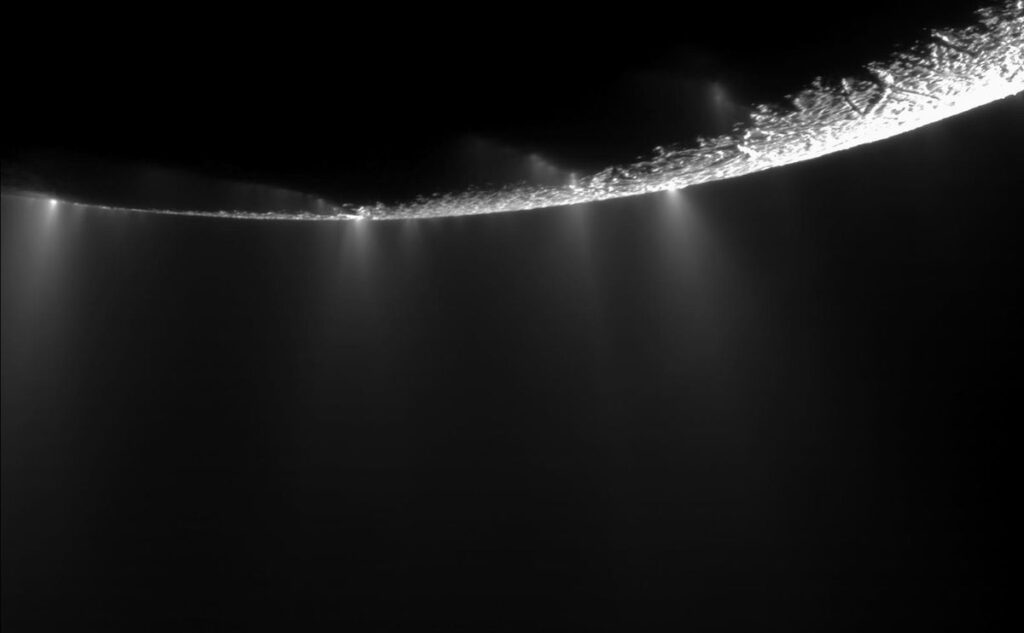
“I think that there’s more science that needs to be done, especially around this process and the importance of it,” Sweetman said. “I hope it’s the start of something amazing.”
The Hopeful Future
This discovery highlights not only the new insights about our oceans but also signifies a light thread bounded loosely by humankind’s approach to dealing with our oceans. As we plunge deeper into the ocean’s abyss, we are voyaging outward into the Universe. The oceans are calling – each wave, each current is trying to show that the path to our future, an interplanetary species, or if being highly optimistic is permitted, an intergalactic species, begins in the silent, dark waters beneath our feet.
Notes:
- Evidence of dark oxygen production at the abyssal seafloor
https://doi.org/10.1038/s41561-024-01480-8 - Deep-sea discovery calls into question origins of life
https://www.sams.ac.uk/news/sams-news-dark-oxygen-discovery.html - Polymetallic Nodules: Batteries in Rocks
https://www.geologyin.com/2024/06/polymetallic-nodules.html - Royal Society of Chemistry
https://www.rsc.org/periodic-table - Minerals: Polymetallic Nodules
https://www.isa.org.jm/exploration-contracts/polymetallic-nodules/

Subscribe to Primitive Proton Newsletter
Sign up to keep up to date with the latest news and curated blogs in the world of space, science, and technology.
Your email is never shared with anyone. You can opt out anytime with a simple click!
WE PRIORITISE PRIVACY.

